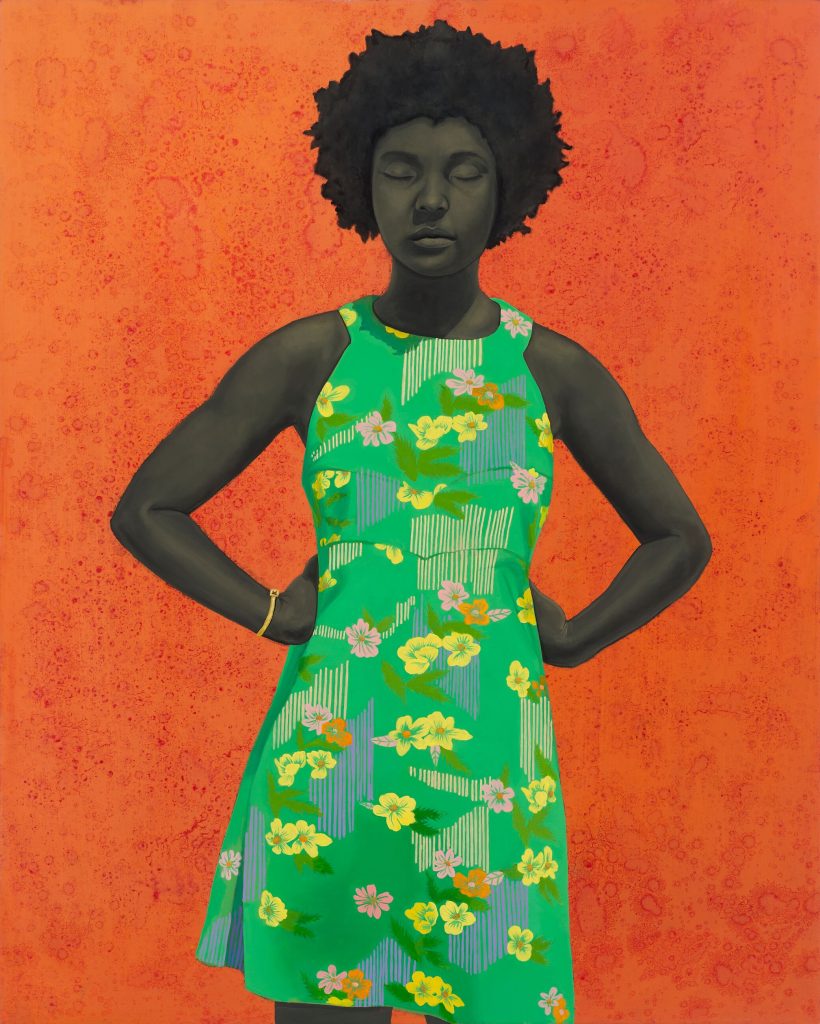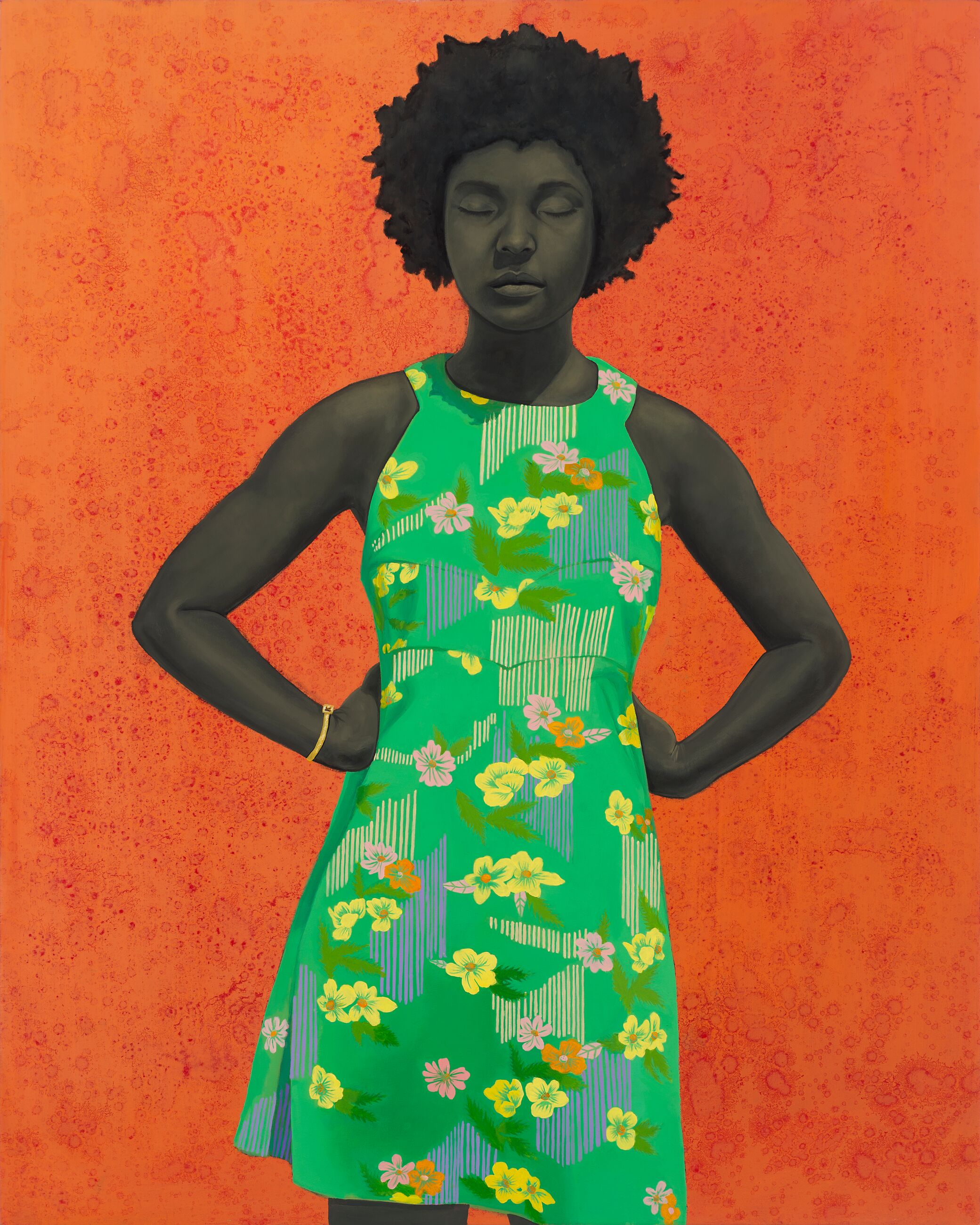
Informative Guide to the Hyperallergic Art Crossword: Public Art Edition

Public Art: A Guide to Understanding Its Impact and Forms
Public art is a vital component of urban spaces, enhancing the aesthetic value and cultural vibrancy of our cities. Its accessibility allows for a democratic form of expression that engages communities and encourages public interaction. Unlike art displayed in traditional galleries and museums, public art is available to everyone, transcending social, economic, and language barriers. Here’s a closer look at the multifaceted world of public art and its significance.
**Types of Public Art**
1. **Murals**: These large-scale paintings are often found on buildings and walls, transforming mundane urban settings into vibrant canvases. Murals can celebrate local culture, raise awareness on societal issues, or simply beautify an area. Many cities worldwide, like Philadelphia and Los Angeles, are renowned for their extensive mural collections.
2. **Sculptures**: From abstract installations to historical statues, sculptures are common forms of public art found in parks, plazas, and other communal areas. Iconic examples include the “Cloud Gate” (also known as “The Bean”) in Chicago and the “Statue of Liberty” in New York City.
3. **Interactive Installations**: These artworks invite direct engagement from the audience, often incorporating elements of technology, sound, or movement. They challenge traditional notions of art as passive viewing objects, encouraging instead a dynamic experience.
4. **Street Performances**: Although often temporary, street performances and live art displays are essential expressions of public art. They bring performance art directly to the public, enhancing urban spaces’ liveliness and social interaction.
5. **Memorials and Monuments**: These works serve as physical embodiments of public memory, honoring significant people, events, or social movements. They often become historical landmarks within the community.
**Impact of Public Art**
– **Cultural Expression**: Public art is a powerful cultural statement, reflecting the history, values, and identity of a community. It encourages dialogue about societal issues and promotes cultural awareness.
– **Community Engagement**: By involving local artists and residents in its creation and maintenance, public art fosters community pride and cooperation. Art projects can stimulate discussions, bring diverse groups together, and even drive community-led initiatives.
– **Economic Benefits**: Attractive public artworks can boost local economies by drawing tourists, which supports businesses and increases property values. Events like public art festivals can further stimulate economic activity by attracting visitors.
– **Urban Revitalization**: In many cities, public art has played a pivotal role in the revitalization of neglected neighborhoods. It can transform a drab environment into a vibrant public space, enhancing the overall quality of life for residents.
**Challenges and Considerations**
– **Funding and Maintenance**: Public art projects require investment for both their creation and ongoing maintenance. Securing funding from public and private sources is often a significant challenge.
– **Vandalism**: Unfortunately, public art is susceptible to vandalism, which can tarnish or destroy pieces. Ensuring protection without restricting access is a delicate balance.
– **Public Opinion**: Not all public art is universally accepted; pieces can sometimes become centers of controversy due to differing public opinions or changing societal norms.
In essence, public art shapes the visual landscape and cultural fabric of our communities. Its value goes far beyond aesthetic enhancement, touching on social, economic, and communicative functions. As cities continue to evolve, public art will undoubtedly remain a crucial element in their development, ensuring that art is accessible to all.